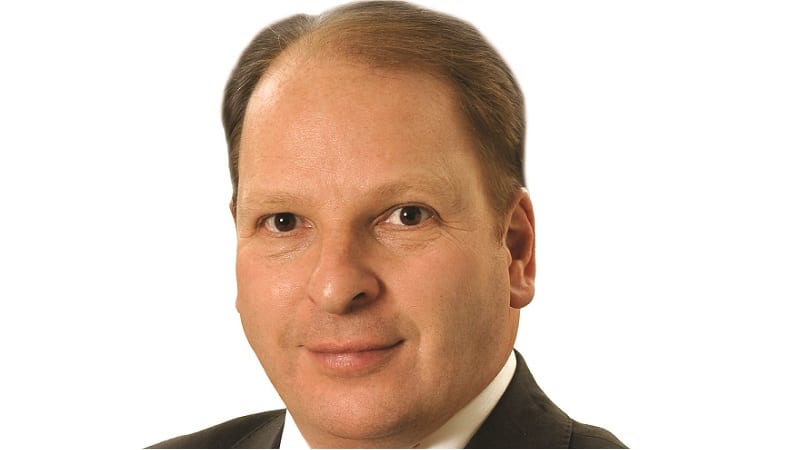European fund selector appetite for buying absolute return funds has collapsed this year amid a surge in outflows following the high-profile liquidation of Swiss asset manager Gam’s absolute return fund range in the summer.
The asset class had one of the largest negative shifts in sentiment during Q3 2018 with a 15.5 percentage point drop, according to Last Word Research, which surveys hundreds of fund buyers across Europe every quarter.
“Net sentiment towards absolute return has taken a sudden turn, reaching an all-time low [since the start of the asset class survey in 2014],” the research said.
Source: Last Word Research
It is also the first time in a year that the asset class has not been the most popular strategy (out of 26) and has dropped to third.
In Q3 2018 only 27% of selectors were looking to increase their allocations towards absolute return, compared to 40% in Q2. Another 37% looked to hold, 8% to decrease, and 28% did not use the asset class.
Source: Last Word Research
Unnecessary complexity
Absolute return funds offer hedge fund-style investment strategies that focus on returns an asset achieves over a set period as opposed to relative return funds that measure against a benchmark.
BMO Asset Management multi-manager co-head Gary Potter (pictured) says absolute return funds have seen significant inflows in the years that followed the global financial crisis a decade ago as the strategy promised steady returns for risk-averse investors.
In order to boost returns, absolute return funds often contain complex derivatives and currency swaps, which can add an additional layer of risk during volatile periods, and often have high management fees.
“[Absolute return] portfolios can be complex in their makeup and hard to understand,” Potter says. “But the argument still holds that if you have a diversified set of assets across different markets you should be able to provide smooth investment returns.”
Difficult road ahead
But as central banks wind up quantitative easing programmes, pushing up bond yields and upsetting equity markets, the merit of absolute return funds is being tested, Potter says.
“Perhaps people are looking at the sector and saying they haven’t delivered when markets are going down. People have bought into the concept [of absolute return] but now they’re judging the reality. It could be a fairly difficult road ahead for the sector.”
According to FE Analytics, the absolute return sector within the FCA Recognised universe over the three years to 30 September 2018 had a loss of 4.1% and a loss of 2.5% within the Offshore Mutual universe.
However, the sector has made returns over five and 10 years at 8.3% and 9.7% respectively within the Offshore Mutual universe, and 10.5% and 25.1% within the FCA Recognised universe.
Focused diversification needed
Potter adds that fund selectors should look for absolute return funds that are focused on one asset class.
“Some of the funds have managers that diversify the asset mix and so you start to introduce European equities, US equities, fixed income, high yield bonds, and then you add currency overlay, derivatives, and hedging and you end up having all of these things in one space,” he explains.
“The lesson I’ve learned is to keep it simple and focus on managers that only have one specialisation – which is hard enough. When you combine all the various strategies together it gets too complex and you may end up with unintended consequences.”
Potter says the industry also has tended to focus on delivering products that have very little cost, no risk, but produced returns, and that this kind of utopia did not exist.
“Selectors should revisit their objectives for their clients, interrogate their fund managers, look at their long-term track records, understand how they perform in down markets and up markets, their success ratio of long and short positions,” he says.
“If you don’t understand the product because it’s complex or how managers do something you really have to question whether you should get involved.”
Outflows surge
Looking at Morningstar fund flows for September 2018 absolute return experienced the largest outflows (out of 21 categories) at €6.96bn. This is also the first time the asset class has experienced outflows since December 2011 when it lost €0.95bn. Since September 2017, flows are at €33.1bn.
Source: Morningstar
Within the absolute return category, it was the alternative – long/short debt and alternative – multi-strategy funds that had the most outflows at €3bn and €2.7bn respectively.
Unsurprisingly the biggest outflows in the sector his year have been at Gam and Standard Life Investments (SLI) following the liquidation of Gam’s absolute return bond fund range and concerns at SLI about underperformance.
The fund with the highest outflows was the Gam Multibond Absolute Return Bond Plus at €1.4bn.
It was followed by Standard Life Investments Global Absolute Return Strategies with an outflow of €1.2bn, Gam Multibond Absolute Return Bond at €981m, Gam Star Absolute Return Bond at €565m, and Standard Life Global Absolute Return Strategies at €563.6m.
Lipper also found that within European mutual funds, absolute return euro low was the fourth worst sector in terms of outflows at €2.4bn during September.







